Do you know when an Alpine A110 is at its absolute best? When you drive it ‘normally’. In the three months that it was mine, I threw it along mountain passes and around race tracks. I thrashed its little 1.8-litre motor to the limiter more times than I’d care to admit, and broke the traction of its rear tyres at every available safe opportunity. But never was I more dumbstruck by the car than when, say, taking it to the airport, or collecting a child from school. Because in those sorts of environments, it shouldn’t have worked at all. Yet it did.
And that is remarkable. Imagine you had another one-tonne, two-seat sports car in the same situation: you’d go down the M4 simply accepting that the lack of refinement, stiff ride, crude interior and clunky functionality were merely the price that needed to be paid to drive a car so light and enjoyable on the right road. But the Alpine is quiet, it is comfortable, it is very nicely trimmed and works nearly as well as a Mégane most of the time. There is no quid pro quo. Which is why now, more than ever, I think the A110 is not just a fine new car but a landmark. I use the word carefully because in the sports car world they don’t come along very often: the McLaren F1, the original Audi Quattro, Ferrari’s Dino 246 GT and, of course, the first Porsche 911.

Can the A110 really be considered among such cars? I think it not only can, but if the scale of the achievement that created it is to be appreciated, I think it must. When I first drove it, I thought it the best car I’d driven all year, but it took prolonged exposure for me to be sure it was not just an exceptionally good car, but a profoundly important one too. And I’ll get back to that point at the end.
For now, however, consider where it came from, which is effectively nowhere. It was the product of an abortive joint venture with Caterham (I wonder how much that particular separation is now regretted on this side of the Channel), using hot Mégane running gear. Unlike the Alfa Romeo 4C that is its closest rival, it doesn’t have a carbonfibre tub, but a rather less sexy aluminium monocoque. It’s not very powerful (252bhp), it doesn’t put much rubber on the road and the tyres it wears are pure street specification. On paper, it looked unremarkable.

And, to me at least, in the flesh too. It’s a pretty shape to be sure, but when they parked it next to an original 1960s A110, it suffered so much by comparison, I wondered why they’d bothered: ‘Here’s one we did earlier, just rather better…’
But then I drove it, contributing to the wave of purple praise on which the little French sports car came surfing into shore. That much we all know. But it’s all very well for people like me to drive cars like this on roads carefully chosen by its maker. But what about real life? I can now shine at least a little light onto that no-less-important dimension.
To be honest, it is an everyday car but not a perfect one. Its design flaws include minimal storage space on board, a small boot at the back and a storage area up front so flat it would be great for someone starting a small record collection, but not much else. The digital radio reception is the worst I’ve heard in a car so equipped – probably because there is so little steel in the structure to conduct the signal – and the navigation sufficiently poor that one of my earlier moves was to buy a bracket to sucker my telephone to the front quarter light. The sports seats in this car are very supportive on a track, but I’ve had enough of them after a couple of hours on the road. Were I buying one, I’d choose the standard chairs. You can’t use sport mode with its crisp throttle response and cruise control at the same time – not a big flaw I grant, but occasionally annoying – and sometimes when you select manual mode in sport, it upshifts by itself anyway.

It also failed to proceed on me twice. One morning I found it completely dead, the driver’s door window slightly lowered. It ignored my weedy lithium ion external starter battery and when I hooked up my battery charger, it killed it stone dead. Someone from Renault came with an industrial starter pack and it fired up just fine, and it was returned to me in perfect order having been thoroughly checked out – I had apparently left an interior light on. Well, I may or may not have been guilty that time, but I really don’t think I was when it did exactly the same on the day before it was due to go back. Schmuck that I am and desperate for a farewell blast as I was, I let it kill another battery charger before giving up. That said, this was an early, preproduction left-hand-drive press car, so if these events are down to some electronic gremlin rather than my own incompetence, my hope would be that it had long since been traced and fixed for customer cars.
So it’s not perfect. But it was incredible, because it did something no other car you can buy for remotely similar money can do, which is make you want to use it all the time because it made every single journey, however short and slow, genuinely special. The low-slung driving position oozes promise. The engine is easily the most pleasing small turbo four of my acquaintance, and it enjoys an almost instinctive relationship with its double-clutch transmission. Would I prefer a manual? You bet, but it’s not on the table.

But it is the way the A110 addresses the road that singles it out. It is what I call a car park car, and they are bloody rare. A car park car is one that lets you know you’re in for a treat before you’re even out of the car park. The way it breathes with the road surface, so soft and supple, is unlike other modern sports cars and it can actually feel quite old-fashioned. Likewise the steering: it’s not quick or aggressive off-centre – it is instead linear, precise and offers feel you don’t expect in these electrically assisted days.
Which means the car is special even on wet and busy roads on cold and dark winter days because, when there’s nothing else going for you, the Alpine will always feel like a thoroughbred sports car, and much more so than many thoroughbred sports cars.

Probably my best day in it was a cross-country thrash to Thruxton for a track day. I got there and saw a paddock full of weapons-grade machinery like Porsche 911 GT3s, Mercedes-Benz SLSs and so on, and I thought that on a track as ferociously rapid as this, I’d need to keep an eye on the mirror. Yet despite me driving quite cautiously around a track that has always scared me, not a single car came past in all the hours I was out there. You see, the track was cold and a little slippery and what you need most from your car in such circumstances is certainly not power and not even grip – it is confidence. And no modern sports car imparts more confidence than this.
What does this all mean? I have said before that I fear for the Alpine project because it’s really hard to see how the A110 is going to pay its development bills all by itself. It is a standard bearer, no more. A brand needs to be built around more mainstream cars if the volumes required to amortise costs are to be realised. And that strikes me as a far harder task than what has already been achieved. So what the A110 will mean and what it should mean may not yet be one and the same.

But what it should mean is that sports car and supercar manufacturers around the world learn from its example. For here is proof that such cars don’t need to be impractically wide, or implausibly powerful to provide a seminal driving experience. At the other end of the scale, it proves a car does not need to be crude or uncomfortable just because it is small and light. It proves too that such cars need not be relegated to the realm of mere recreation.
Which is why it is indeed such an important car, or at the very least deserves to be seen as such. Funnily enough, the closest parallel to it I can find comes from another time and another place, which I wasn’t even alive to see. But qualities I see in the A110 today remind me of what those people must have seen when they first started driving early Porsche 911s in 1964, or 901s as they were then. Both defy the convention that says a pure driving machine cannot also be great daily transport. Indeed, they go further and say that the very fact they are so enjoyable in the most unprepossessing of circumstances is not just additional but key to their appeal. The 911 went on to become the most iconic and enduring sports car of all time and the A110 deserves to follow in its footsteps. Whether it actually will or not is, of course, a entirely different matter.

Could it be better?
If I were to design my optimum A110, I would make three substantive changes: I’d raise the power of the engine to the same 296bhp it has in the Mégane Trophy, which should be cheap and very easy to do, and I’d then bolt on the six-speed manual gearbox that comes with the same car.

Then I’d do an extensive wet and dry assessment on road and track and decide whether the car needed a limited-slip differential. I expect it would, but only a very mild one. I think the results could be extraordinary. Do I think it will happen? The engine and limited-slip diff probably, but probably not the manual gearbox. Still, two out of three ain’t bad.
Read more
Renault Megane RS 300 Trophy 2019 UK review​
McLaren Senna vs. Alpine A110: can less be more?​
Price (mis)match comparison: Alpine A110 vs. McLaren 570S​

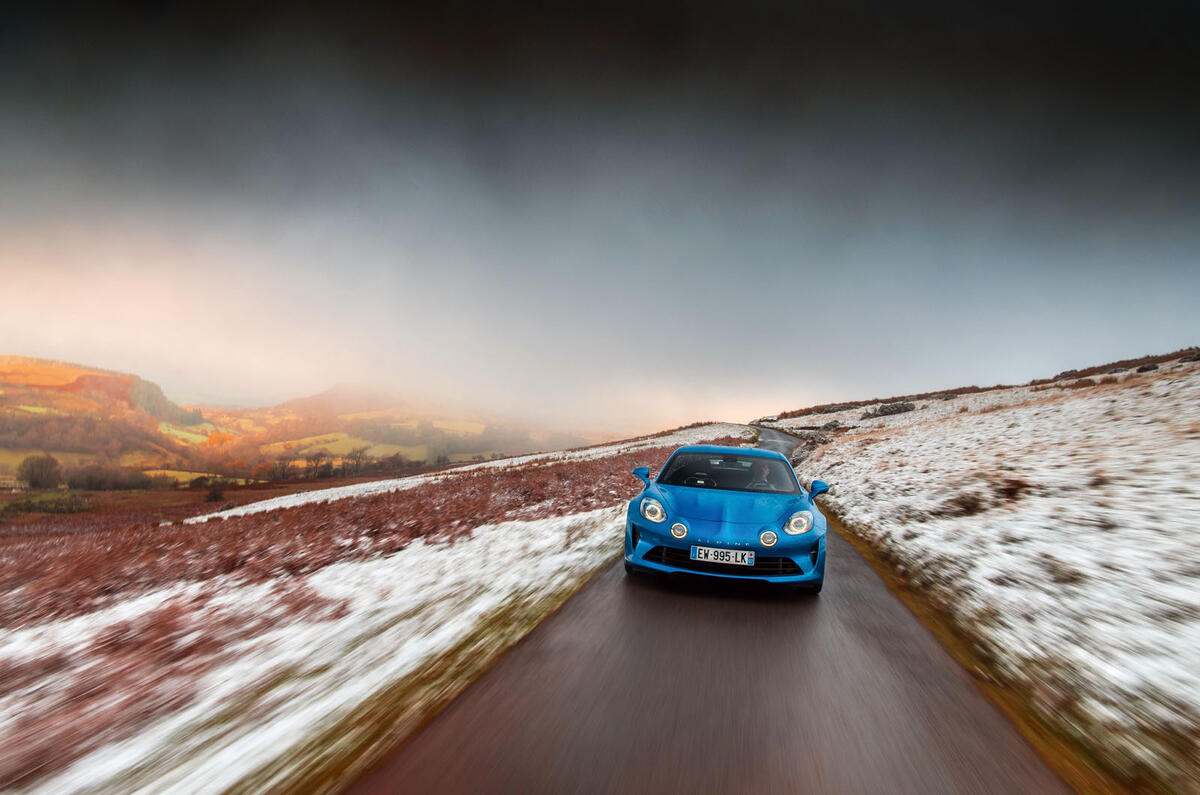
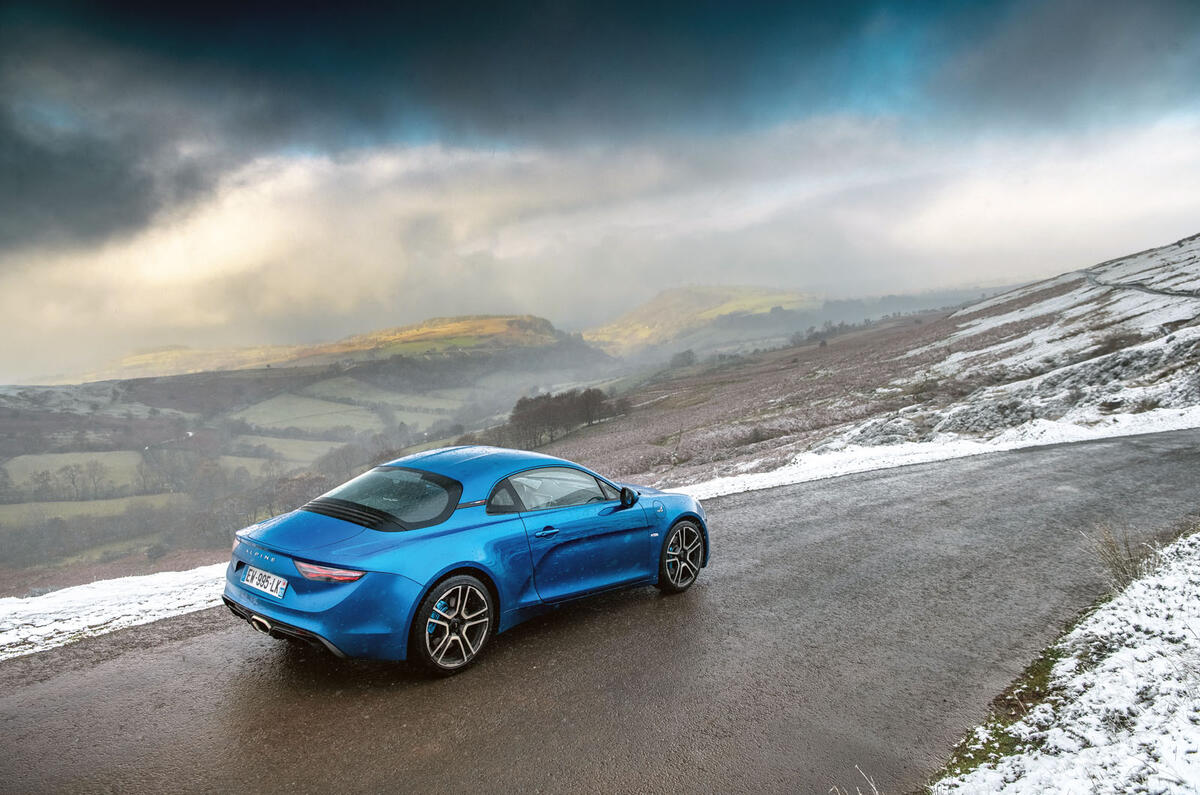
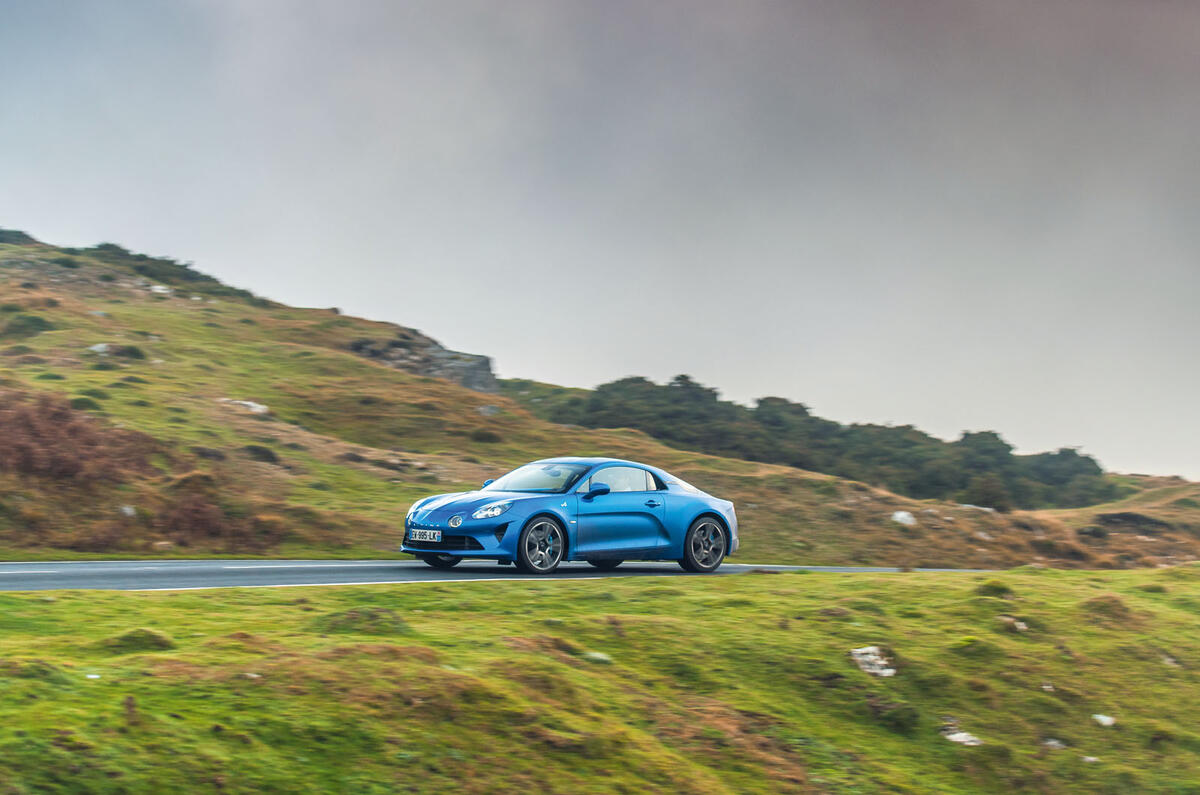
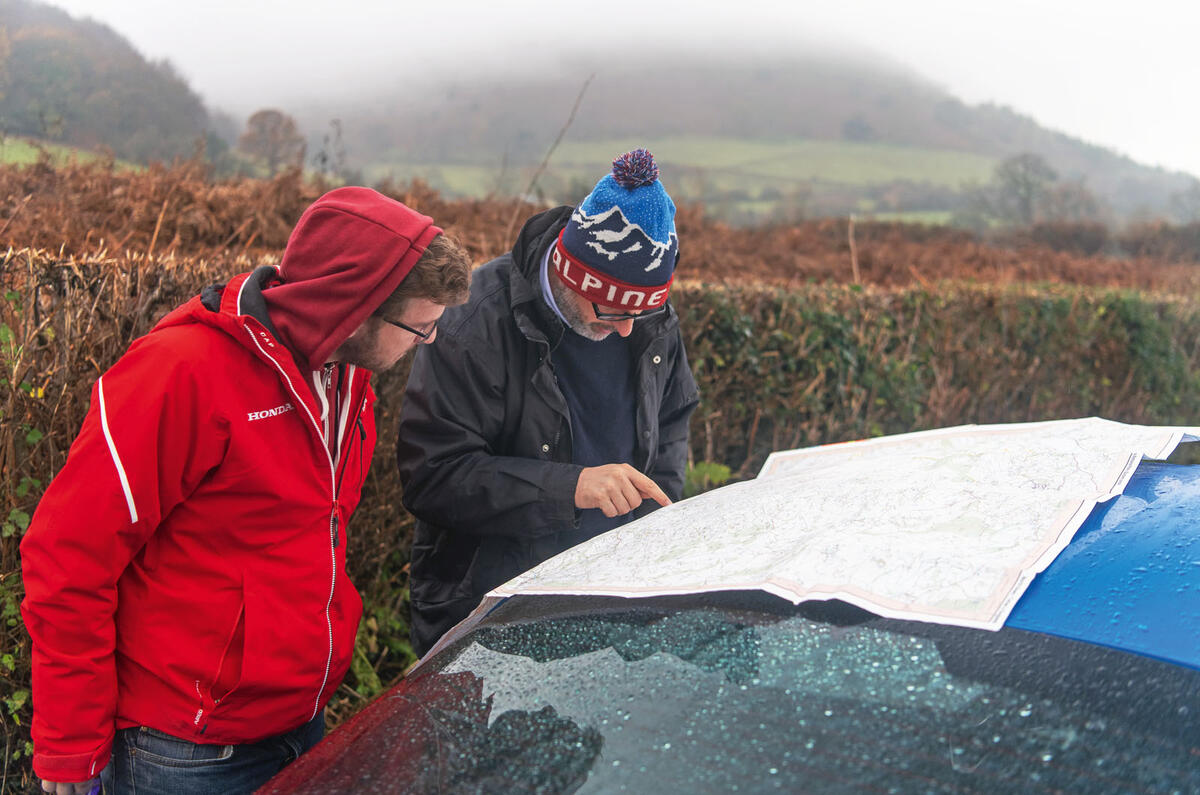
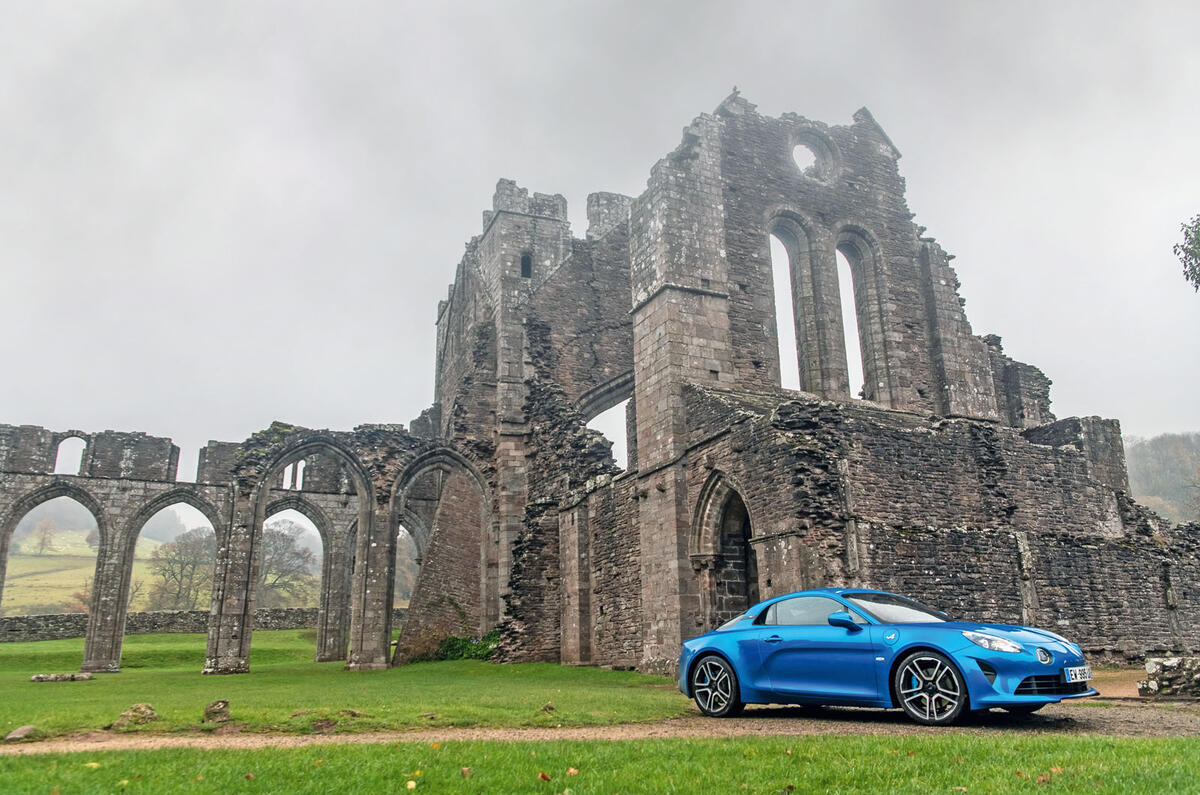
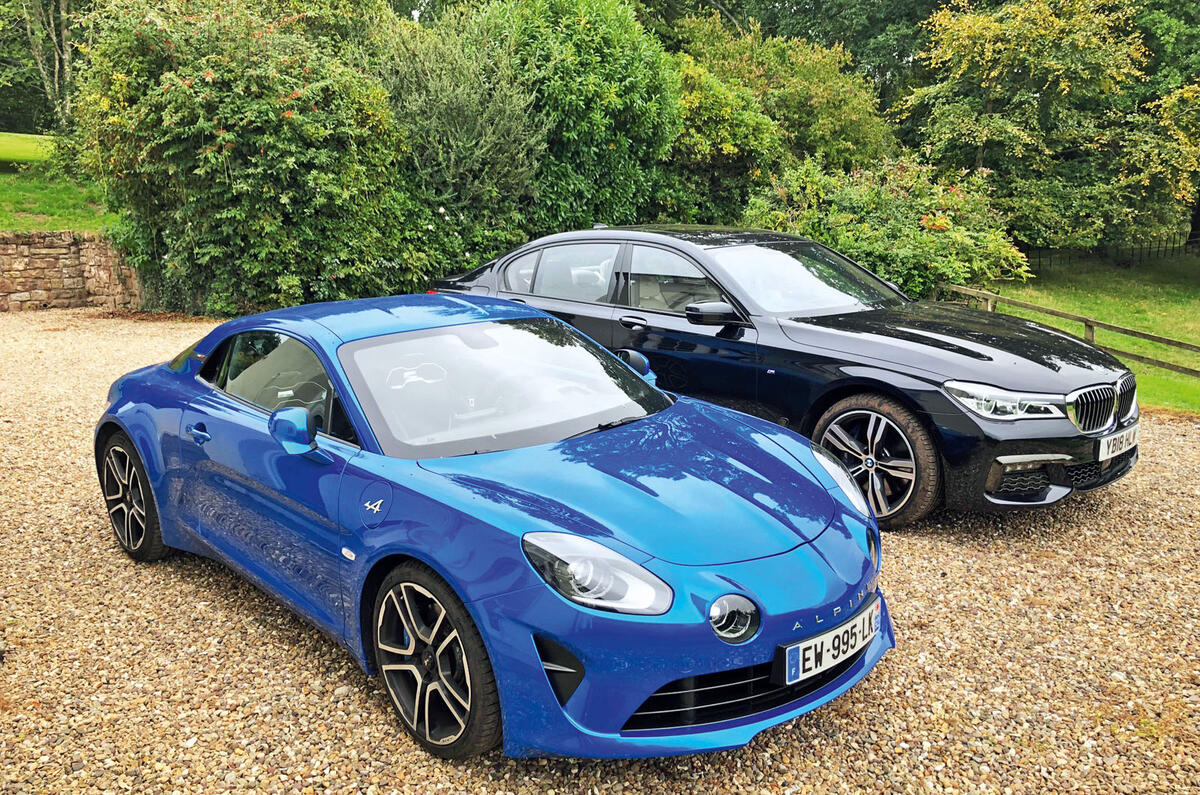
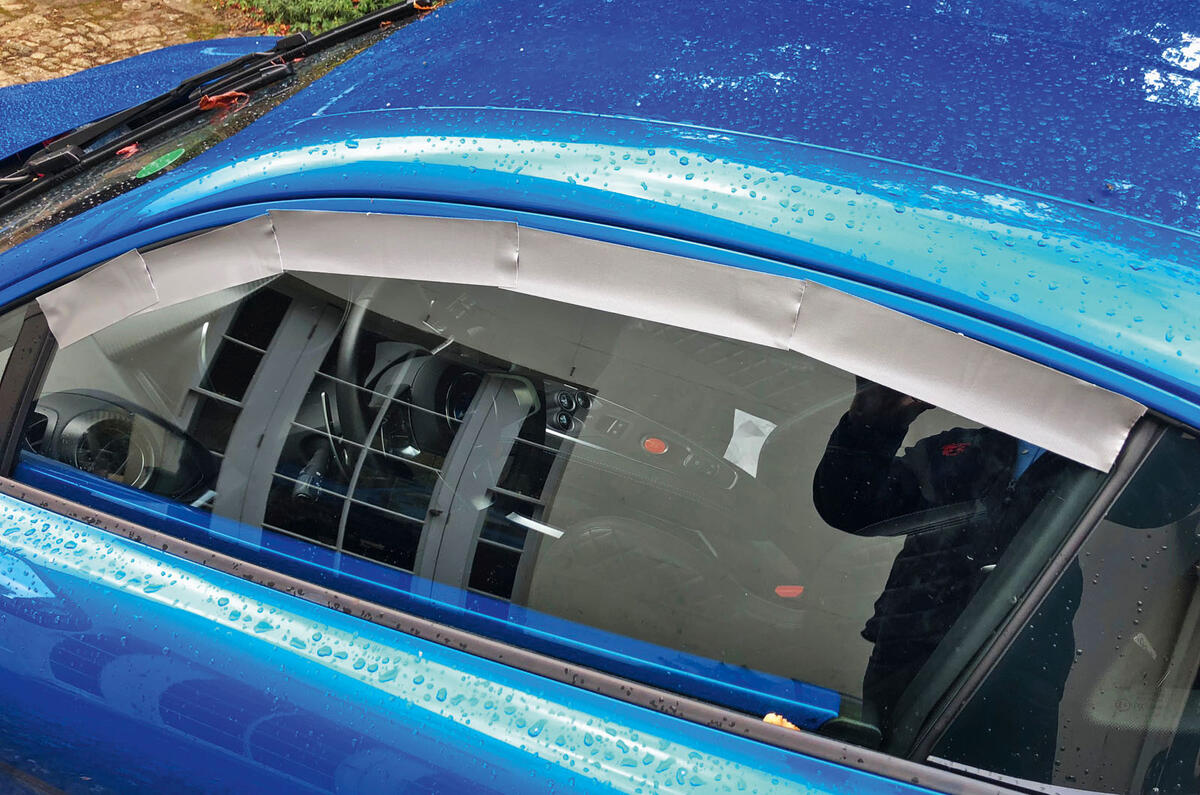
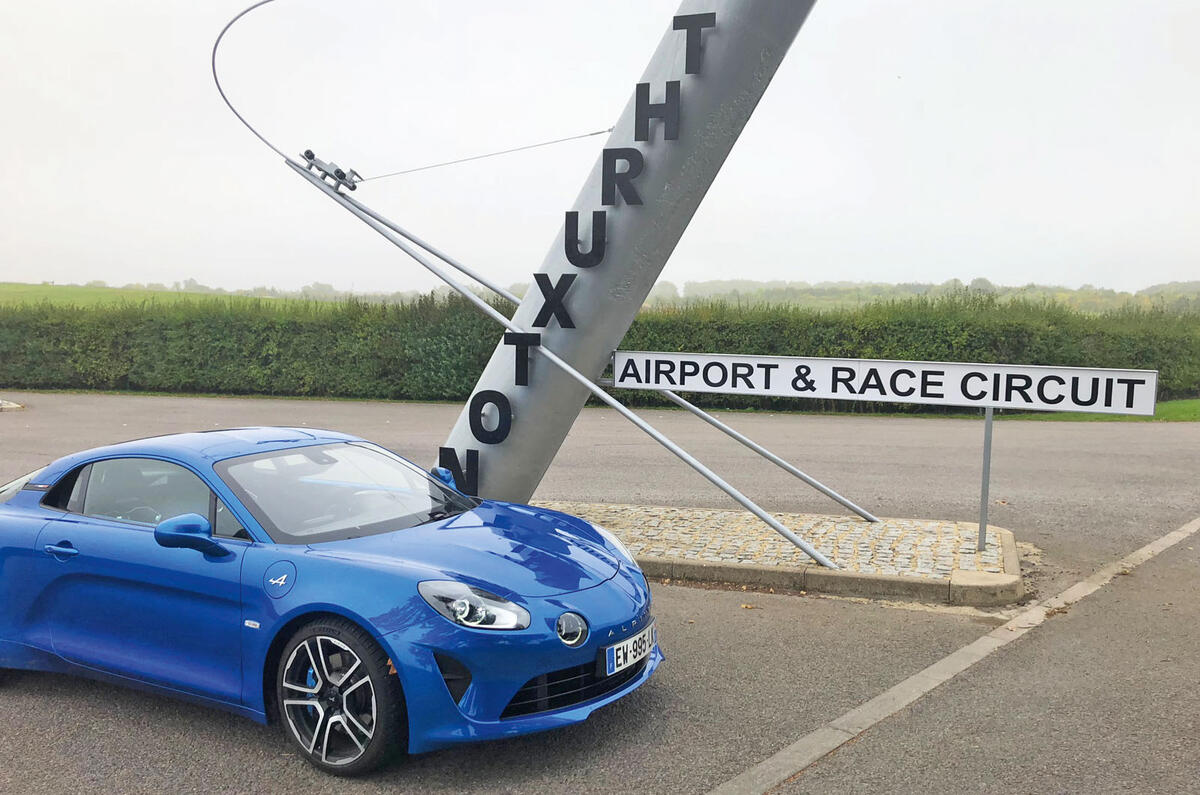

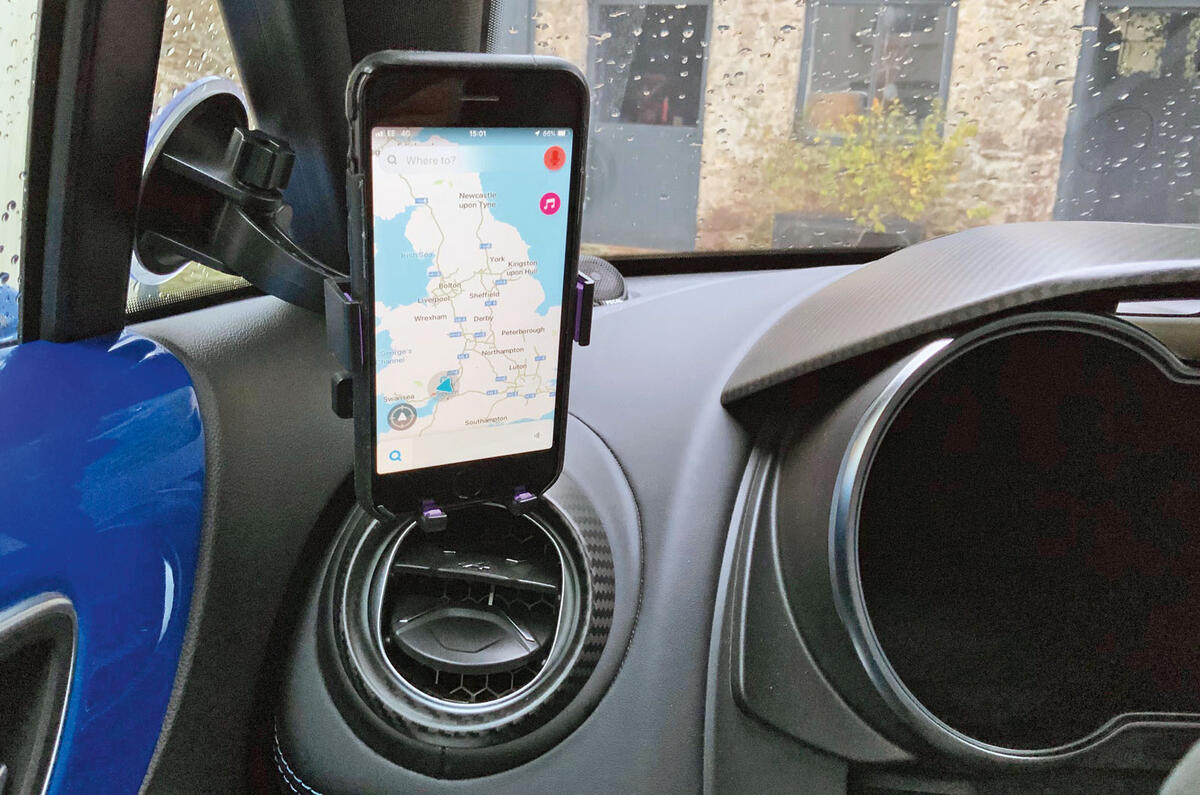
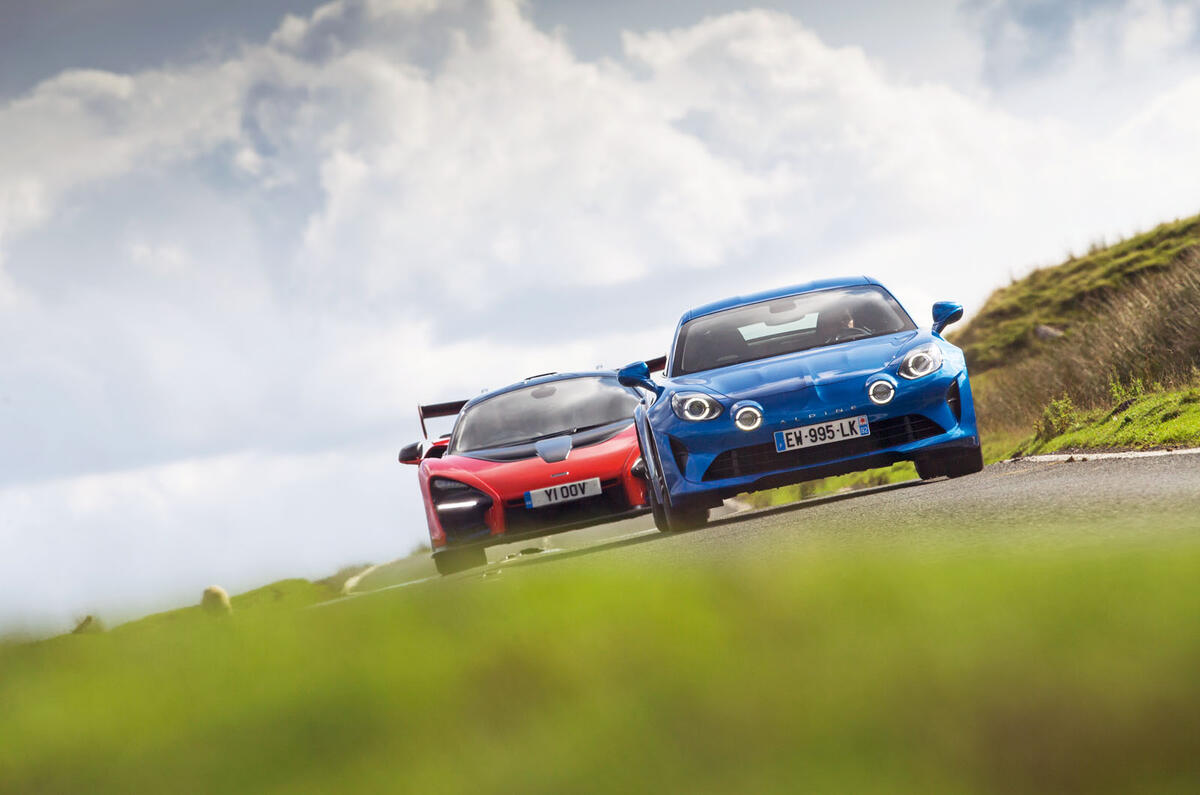
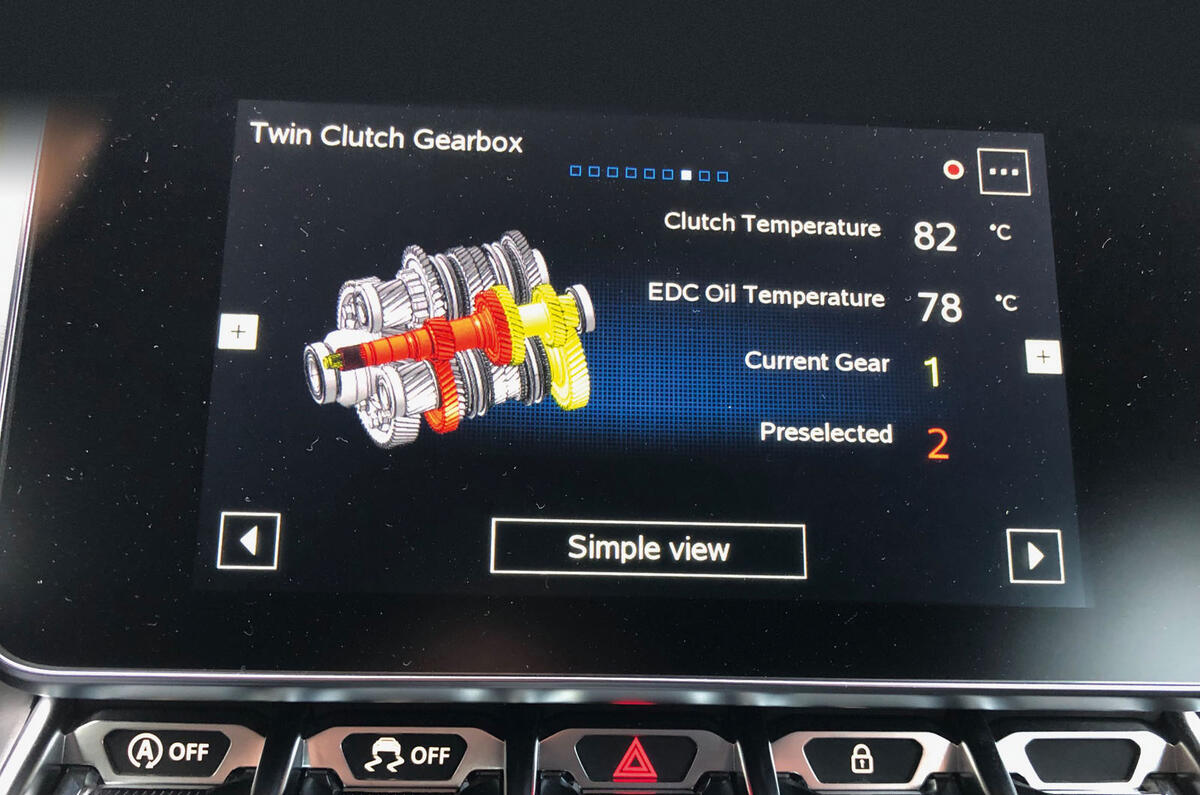
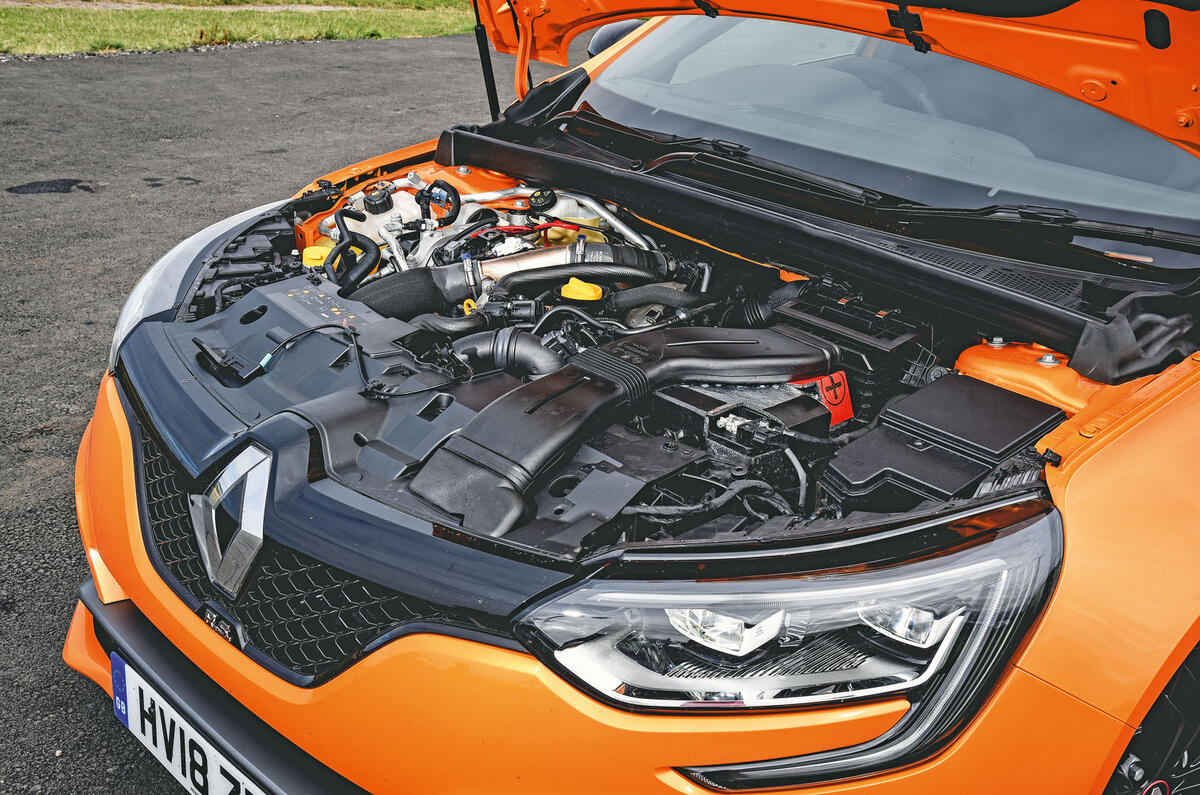
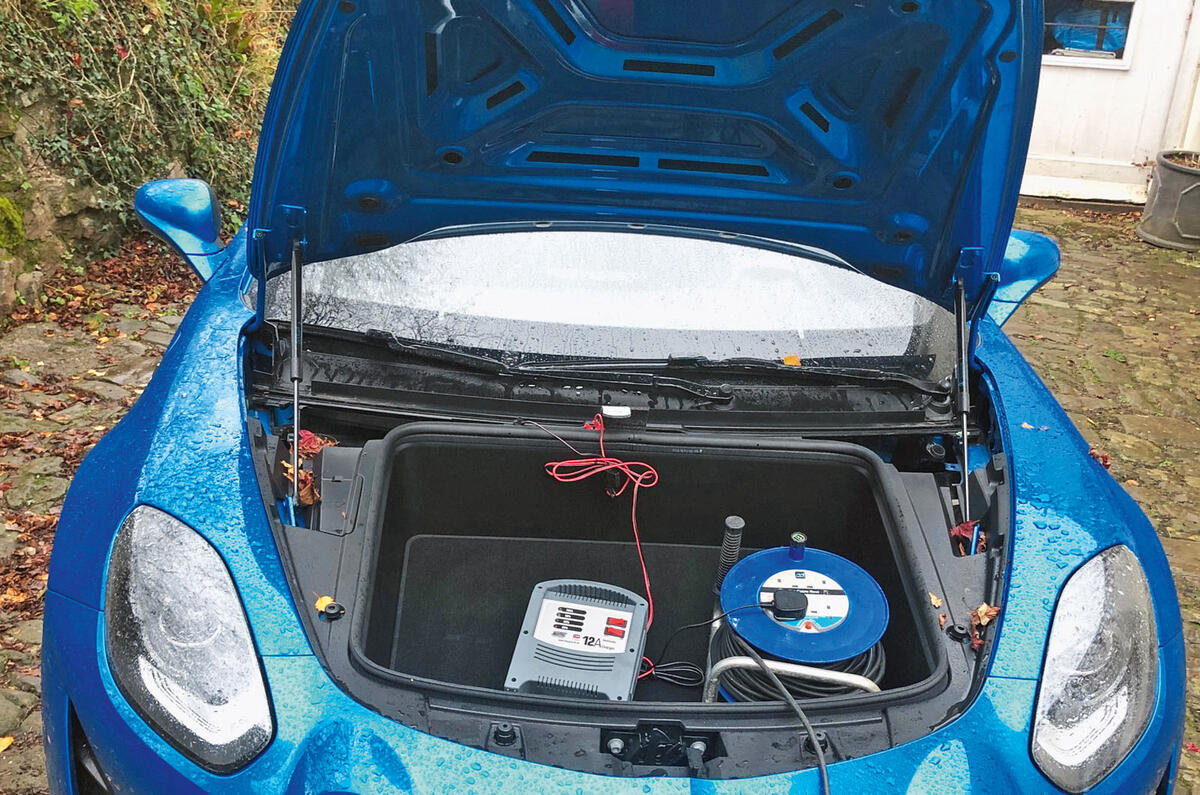
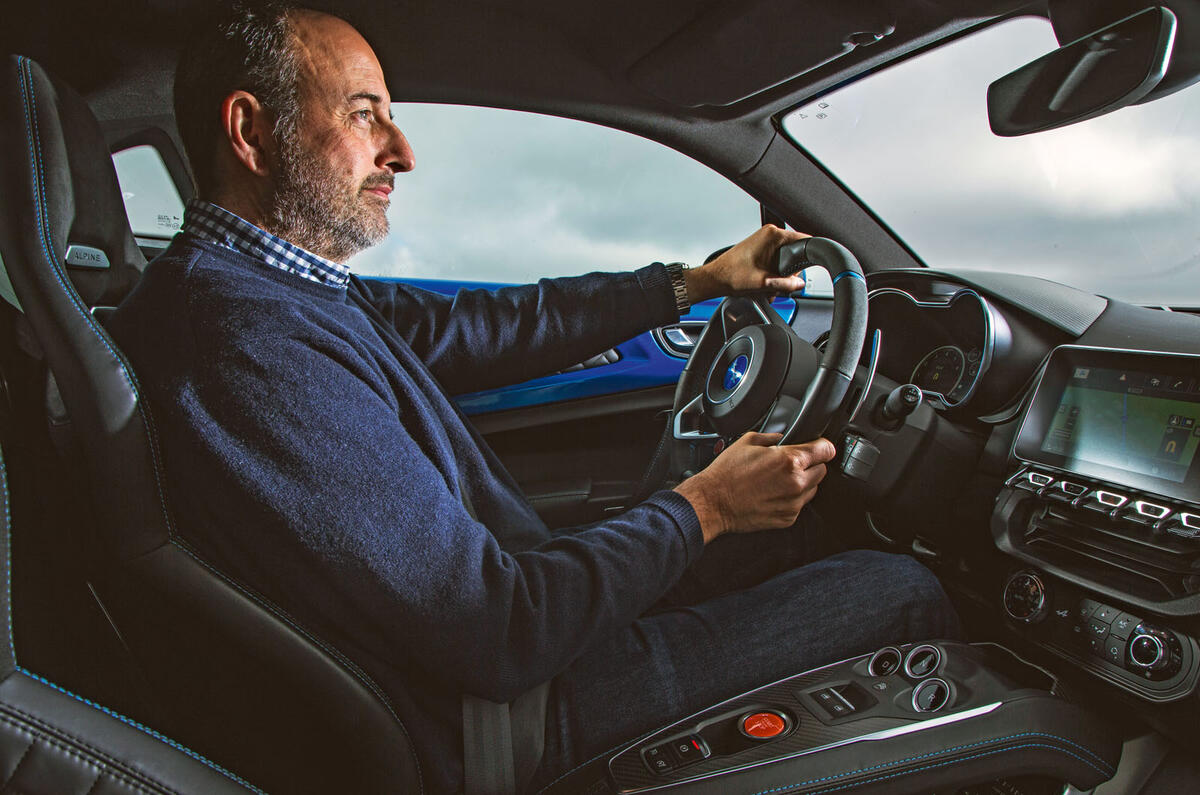
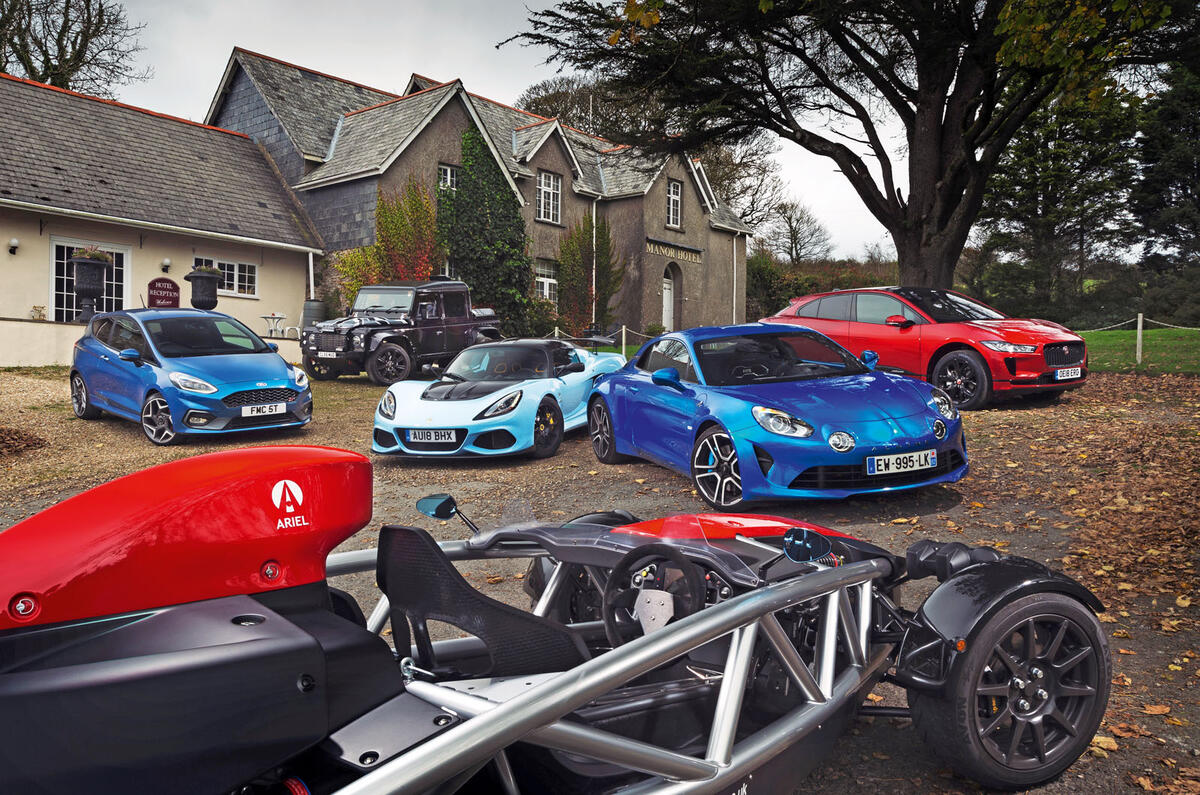
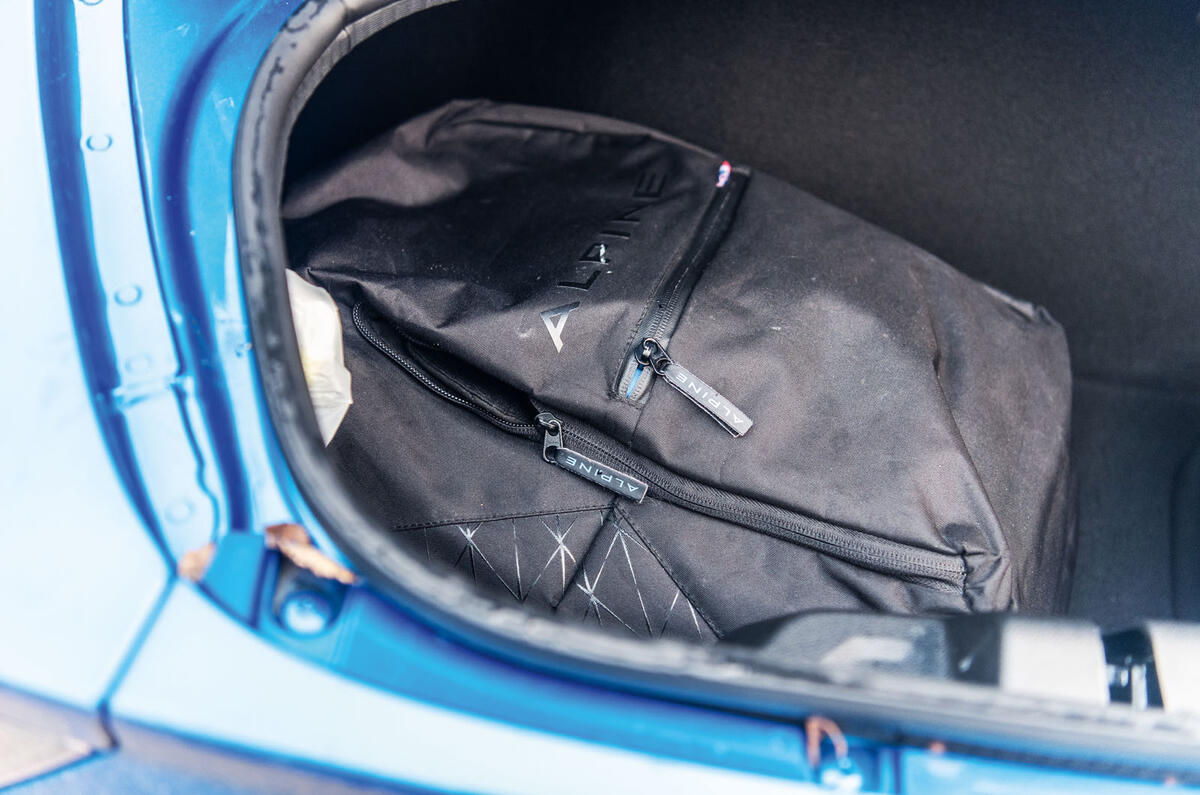
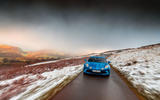
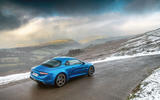
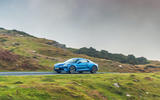
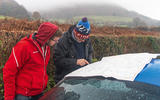
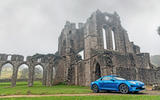
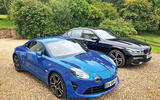
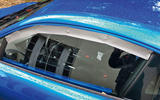
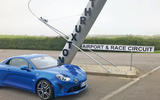
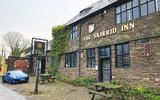
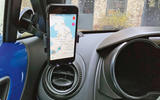
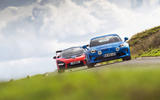

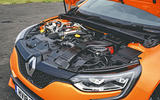
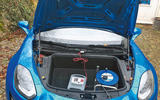

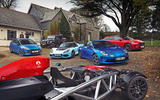
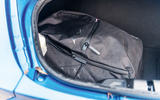


Join the debate
Add your comment
This is why...
...I rate/admire Renault a great deal, when they try to make something special they don't just make a clone of an existing hatchback with FWD and designer wank interiors in a fancy derss (audi TT)..they actually go out and drive the thing to the limit as opposed to that Audi TT crap that the writer was "trying to save" last week. I know most of the readers/buyers don't care but it would have been nice to mention that it was RWD.
Bucket list
Thank you, Mr Frankel, for your thoughts on a longer term test of the A110. It confirms much of what I'm sure many of us hoped about the car.
I would love to own one of these one day, in whatever form it comes! So glad that Alpine had the cojones to build it. I do hope it generates some security and financial return for the company.
Manual
The legend of manual shift has to be obsolete now. Why use a clutch when you can paddle shift the double clutch transmission if you want to control it yourself. But, manual control is only psycologically rewarding. In most cases automatic mode changes gear more quickly and choses the best possible gear. It also renders better fuel consumption.
Yes and no
I enjoy good aautomatics but I enjoy manuals too for different reasons. And don't forget that automatics can only be reactive, they cannot downshift to pre-empt an overtake, or shift gear over a bump in the road to reduce a shock load through the transmission. Plus you can coast downhill in a manual, which I don't think a dual clutch arrangement will allow - though I believe that some autos are now starting to allow "engine off" coasting!